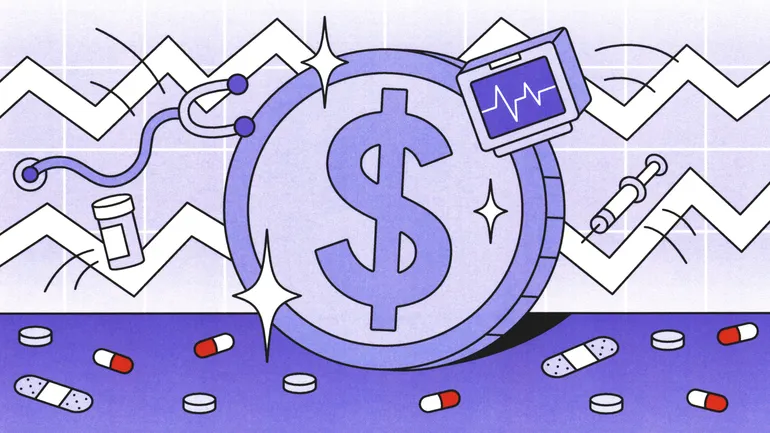Dive Brief:
HCA posted profits that surpassed analysts’ expectations on Friday, reporting a net income of $1.6 billion on high demand for elective services and successful cost containment.
The health system reaffirmed its profit outlook for 2025, which analysts from TD Cowen called “prudent” given potential tariffs and a looming recession. The system expects to bring in between $5.9 billion to $6.3 billion.
HCA executives said the 2025 outlook includes the estimated impact of policy developments from Washington. However, on a Friday call with investors, leadership repeatedly declined to specify how policies like tariffs or Medicaid cuts could impact the hospital operator, with CEO Sam Hazen calling the situation “very fluid.”
Dive Insight:
HCA posted $18.3 billion in revenue for the first quarter, up from $17.3 billion in the same period last year.
Executives attributed revenue growth in part to high levels of patient demand, noting that most volumes grew in the first quarter. Same facility admissions grew by 2.6% year over year, while same facility emergency room visits rose by 4%.
However, outpatient surgeries dipped 2.1% year over year. Executives attributed the decline to the leap day in the first quarter of last year, which meant HCA had an extra day to schedule surgeries.
Still, TD Cowen analysts noted HCA’s outpatient surgeries have trended down for the last five quarters. The hospital operator’s outpatient surgery volumes will be a metric to watch in the future, they said.
HCA also highlighted its successful management of costs in the quarter, which analysts said would make HCA more likely to perform in the upper-end of its guidance window for 2025. Hazen said HCA has particularly worked to keep labor costs down, with contract labor costs falling 9.3% compared to the same period the year prior.
The health system is also spending money to enhance its market position, leadership said. HCA will continue to invest in its technology agenda and plans to spend between $5 billion to $5.2 billion on capital spending this year.
Still, questions about how policy changes in Washington might impact the provider hung over Friday’s call with investors. Like last quarter, Hazen refused to get too detailed about how various policy proposals, including potential cuts to Medicaid or tariffs, might impact HCA.
The CEO said his team supported some Medicaid reform, but that HCA opposed any changes that would reduce healthcare access for “individuals or families,” or prevent hospitals from providing care. On tariffs, Hazen offered high-level answers.
“I know you would like us to size the potential impacts of health policy risks and now tariff risks,” Hazen said during the earnings call. “But we are not comfortable with providing estimates at this time. We just do not have enough insight into what might happen.”
The executive said his team had a “general sense” of the administration’s priorities, but lacked specific details.
“It is unclear how these efforts might be carried out and what effects they may have on our business,” Hazen said.
Still, CFO Mike Marks was able to offer some assurances that HCA’s supply chain is, for the time being, insulated from tariff exposure. HCA purchases through HealthTrust, and Marks said about 70% of the health system’s supply expense for 2025 is attached to fixed pricing through the group purchaser.
About 75% of supply expense comes from domestic products, Canada or Mexico, according to Marks, or to purchase products currently exempt from tariffs, like pharmaceuticals.
HCA plans to navigate the uncertainties much like the health system weathered the COVID-19 pandemic, according to Hazen, who noted the company could make adjustments to operations.
“As part of this planning process, we will maintain a long-term horizon and move forward with a sense of calm, steadiness and confidence,” Hazen said.


